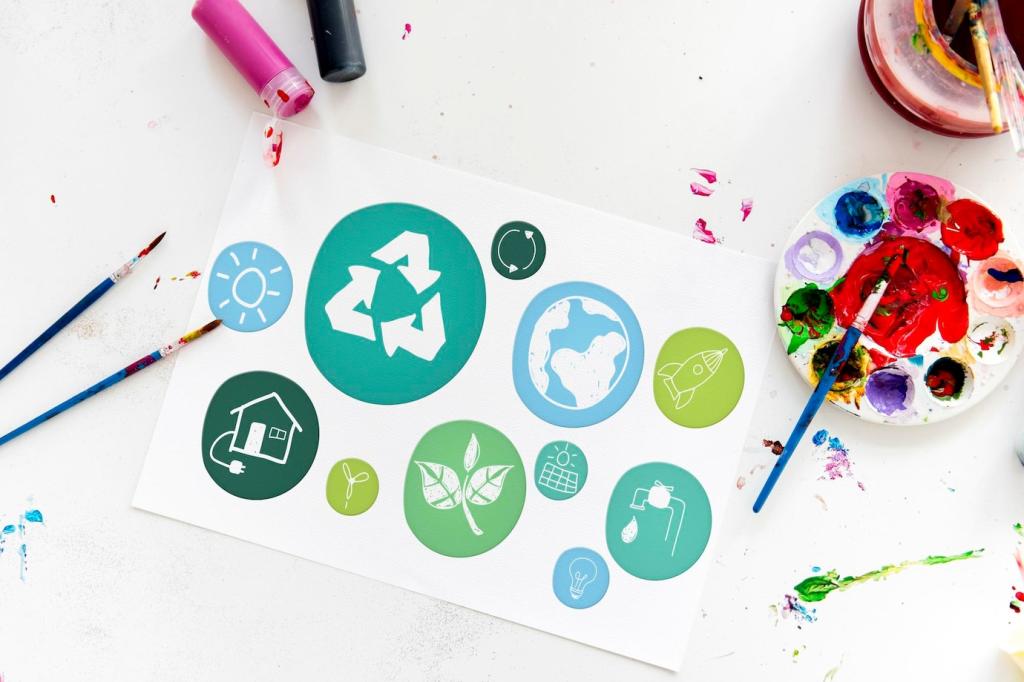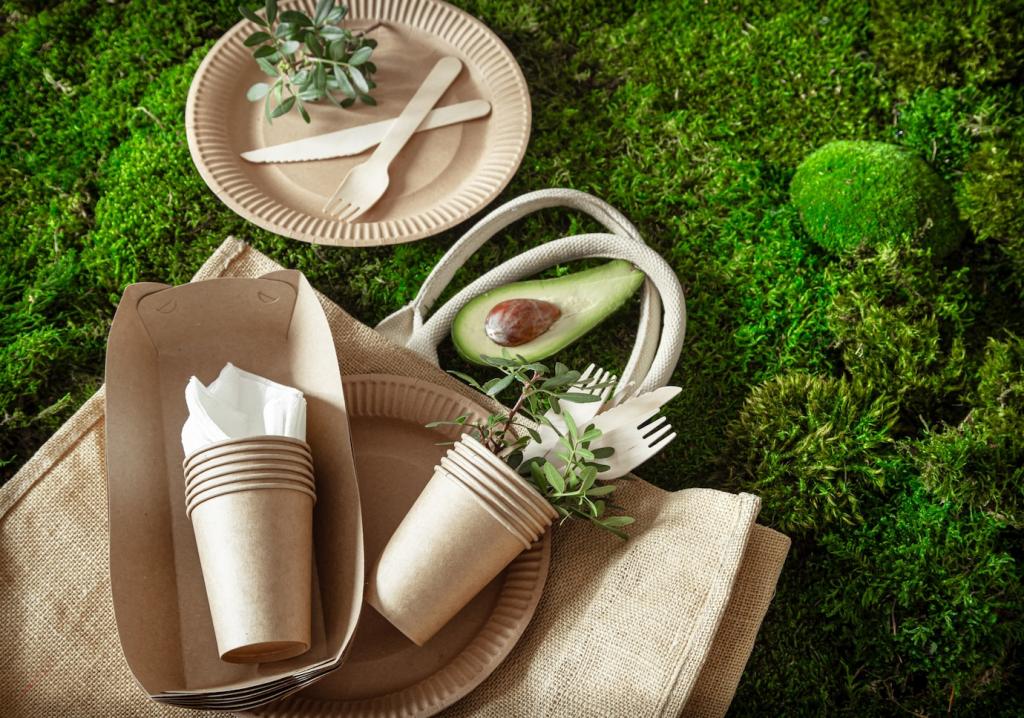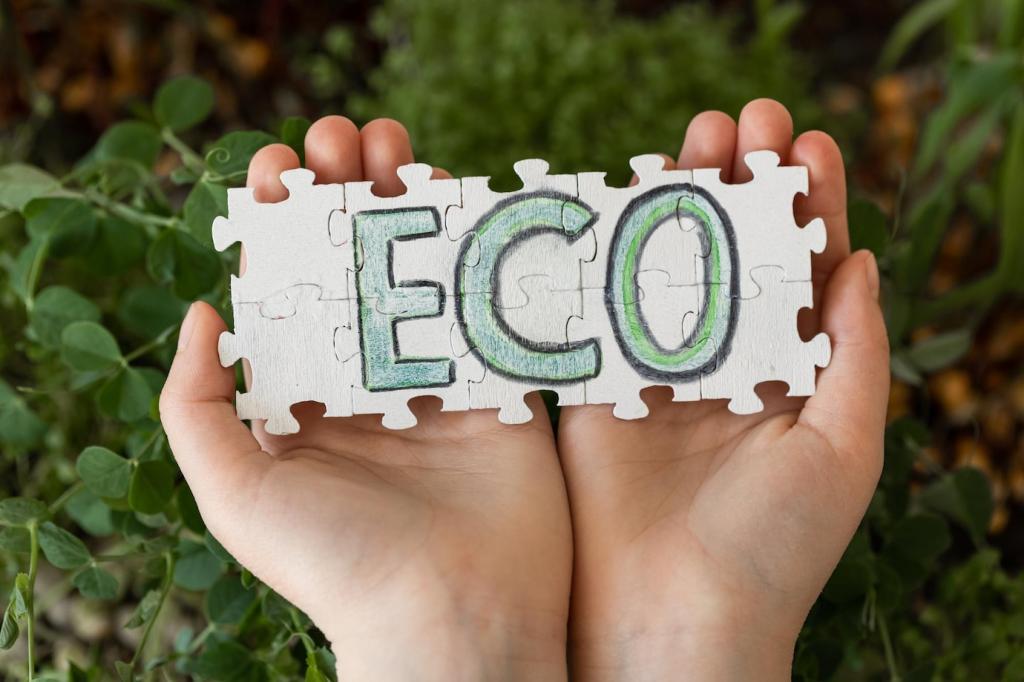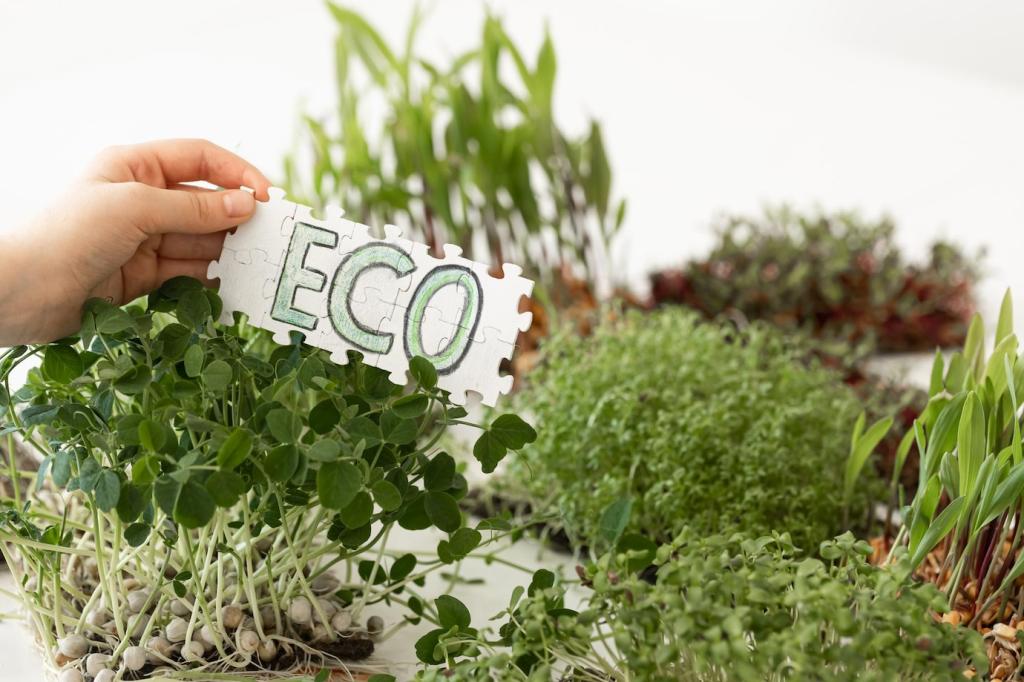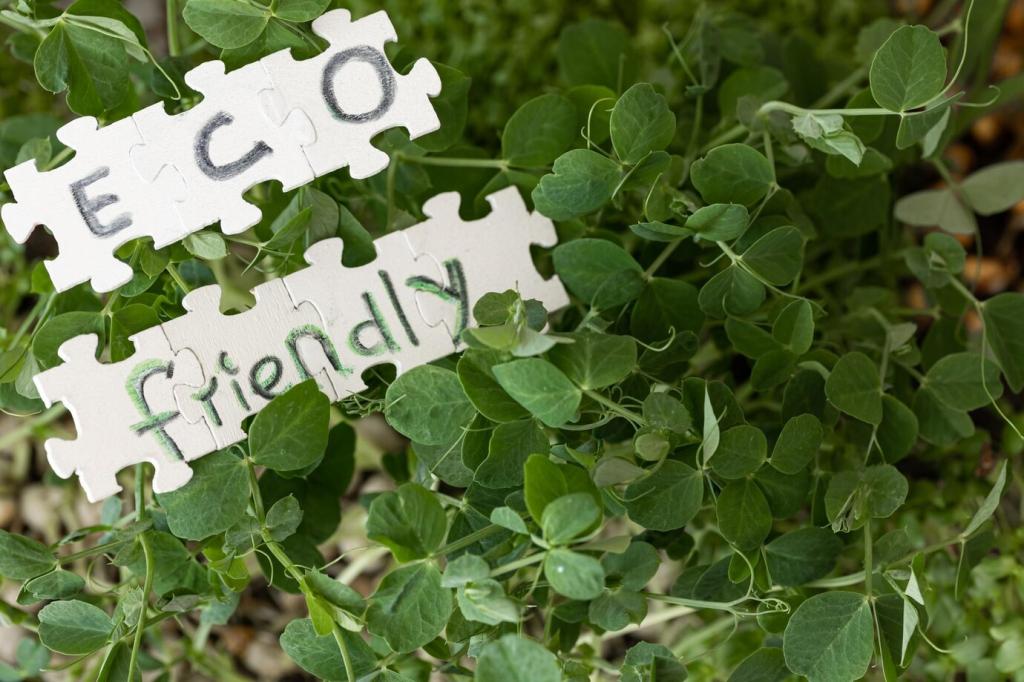What Low-Impact Refinishing Really Means
Low-impact means doing only what is necessary and no more. We prioritize original finishes, retain wear that tells a story, and choose reversible steps. Ask yourself what the piece already does beautifully, then add only what enhances safety, function, and quiet beauty.
What Low-Impact Refinishing Really Means
Favor mild cleaners, plant-based strippers, alcohol for shellac, and soft abrasives like gray or white pads. Choose lint-free cloths, soft-bristle brushes, and low-VOC finishes. These choices protect your lungs, indoor air, and the fragile fibers of old wood and veneer.
What Low-Impact Refinishing Really Means
Document the piece, identify historic elements, and test in hidden areas. If removal of material risks losing original craftsmanship, stop. Ethical refinishing values authenticity over shine. Share your assessment checklist in the comments to help others make careful decisions.





